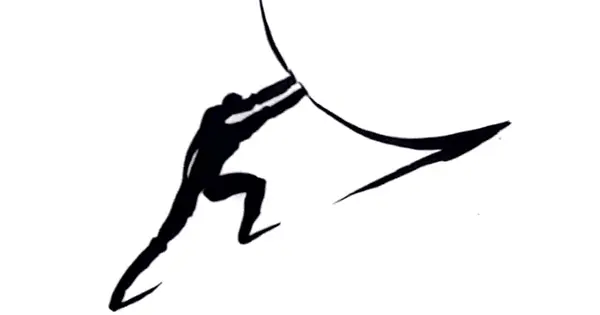deleted by creator
The grand piano is the latest and greatest evolution of the piano. It’s become what it is over improvements over centuries.
The upright is a compromise. People want to play a suitable size for most homes and isn’t as expensive.
That doesn’t make an upright bad at all. It’s good in that it got the piano into the homes and hands of many more people. A good upright can be as good or better than a poorly built or maintained grand. Most people are also not capable of outplaying the quality of their instruments as well.
What the other commenter said is true. The mass of all that wire and wood vibrating generates the harmonics that make the sound louder or more expressive. Think the sound differences between a guitar and a uekele. Same basic design, but different string length and mass. You get richer, more complex and nuanced sound, and it’s also naturally capable of being louder and has better projection for performing in an age before application.
Is a grand piano necessary for good sound? That’s subjective like any other form of art. I take my piano lessons on an upright at my teacher’s house. It’s an ok piano, and still way better than I am at playing it for a long time. For some types of music, it is probably even a better choice, as some pieces will be written for or more commonly heard through an upright, making that the “proper” sound.
At home, I have an electric piano, a Rhodes. That uses no piano wire and instead makes sound by the hammers hitting pieces of what is essentially coat hanger wire fastened onto rectangular steel weights. Does it sound like a grand or upright? Not at all. But it still sounds great! I practice my classical pieces on it, but other types of music will sound more appropriate on it. Plus it’s smaller than an upright, and comes in at a featherweight 150 pounds or so.
People discuss and debate these things with every instrument and it can get quite intense as possible debate string brands, what woods different pieces are made of, and all that stuff, but it ultimately comes down to what you think best. Every individual instrument has its own voice to some extent. Even in pure electric instruments, people will prefer a Yamaha sound to Roland or Nord, etc.
Future pianos will probably have a different sound from today’s as well. As we develop new materials and new key actions, etc the sound will change and get better or worse depending who you asked. Bach’s piano sat on a table and had no foot pedals. Some people will play Bach pieces with pedals while others call it blasphemy!
But between me and the other person, I hope this has helped with your question!
where I live, “upright” pianos are called “pianínó”
I like that name better. 😁
Something else I haven’t seen mentioned yet: many upright pianos do not have a proper ‘una corda’ pedal.
Typical pianos have between 2 and 3 strings for each note, all tuned to the same pitch, so the sound is full and more easily heard. The hammer typically hits all these strings with each key press.
On a grand piano, the leftmost foot pedal moves the actual keyboard and hammer assembly slightly to one side so that only a single string for each note is struck (una corda = single string). This results in a sound more like that of a pianoforte which is almost harp-like in sound.
On many upright pianos I have seen, the left pedal simply lowers a felt strip in between the hammers and strings making the sound quieter. While this is similar, it may not be what the composer had in mind for the particular piece.
Another thing I didn’t see mentioned is the positioning of the strings and the opening of the piano lid. In a grand piano with the lid open, the strings are slightly above the base of the piano and the sound bouces up to the lid and out to the audience. In an upright piano with the lid open, the sound bounces between the walls of the piano before bouncing off the lid toward the audience. This will lead to a difference in tone and make the upright sound a little more stuffy than a grand piano.
Money.
Opinion.




